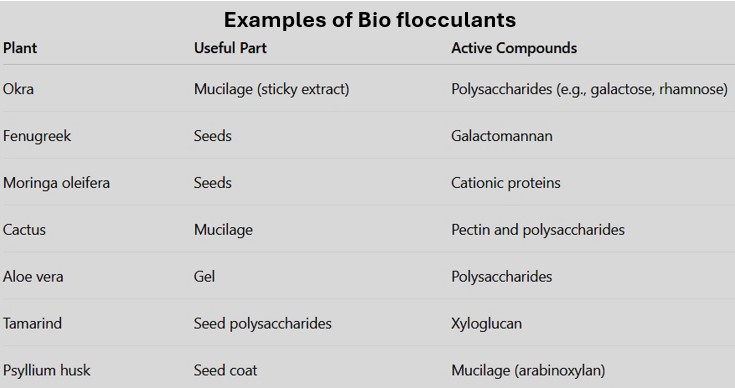
Tips To Remove Grease From Cabinets
Grease can build up on the cabinets and it is a common problem. If we do not clean regularly, grease can spoil the cabinets. Here are some effective tips to clean greasy kitchen cabinets, especially around cooking areas where grease tends to build up and also in cabinets in bathrooms and other areas of the house.
Reasons for build up on cabinets:
- Cooking oil
- Food particles settling down
- Dust
- Frequently touching the surface with oily and dirty hands
- Mold and mildew development due to moisture
What you need to remember before cleaning the cabinets?
- Always dry thoroughly to avoid moisture damage.
- For wood cabinets, avoid soaking and use gentle circular motions.
- To prevent grease buildup once in two weeks dust and wipe down cabinets.
- Clean range hood filters regularly to reduce airborne grease.
- For wood cabinets use a wood conditioner to protect the surface
- Use cotton swabs or a soft toothbrush to get into corners or trim edges.
General tips to clean cabinets:
1. Use a vinegar and water solution – It is natural and gentle
- Mix one-part white vinegar to 1-part warm water.
- Spray on greasy areas and let sit for 2–3 minutes.
- Using soft cloth or sponge wipe the mix.
- Add a few drops of dish soap for extra power.
2. Baking soda paste – This is great for tough spots:
- Mix one tablespoon baking soda with 1–2 teaspoons water to make a paste.
- Gently scrub with a soft-bristled brush or sponge.
- Clean using damp cloth.
3. Dish soap and warm water – this is recommended for everyday cleaning
- Mix few drops of grease removing dish soap in a bowl of warm water.
- Wipe using a microfiber cloth or sponge.
- Rinse and wipe with clean water and dry with a towel.
4. Commercial degreasers – If you have heavy buildup:
- Look for citrus-based or non-toxic degreasers.
- Always spot test first to avoid damaging cabinet finishes.
- Wipe off with a damp cloth afterward.
5. Oil and baking soda – this is effective for wood cabinets
- Mix one part vegetable oil or coconut oil with two parts of baking soda.
- Using a toothbrush or soft cloth gently scrub the surface.
- With damp clothes, break down old grease while conditioning wood.
6. For glass cabinets -use a streak-free glass cleaner
- Use a dry microfiber cloth to remove dust, fingerprints, or cobwebs.
- Spray a glass cleaner -like Windex or a vinegar solution onto a cloth, not directly on the glass to avoid dripping into the frame or cabinet contents.
- Mix 1-part white vinegar with 1 part distilled water for a natural solution.
- Wipe in circular or zigzag “S” motions to prevent streaks.
- Finish with a dry microfiber cloth to buff the glass and eliminate streaks or water spots. Avoid abrasive cleaners or paper towels—they can scratch the glass.
- For sticky spots, dab with warm soapy water, then wipe clean.
- Clean on a cloudy day or in the shade to avoid quick drying that causes streaks.
For more tips on cleaning kitchen cabinets read https://healthylife.werindia.com/online-grandma/grandma-tips/tips-clean-kitchen-cabinets
Image credit: Image by Anna Lisa from Pixabay (Free to use under Pixabay content license)
Author: Sumana Rao | Posted on: May 22, 2025
« No Air Conditioner? Follow These DIY Cooling Hacks Tips For Clean Mattress »









